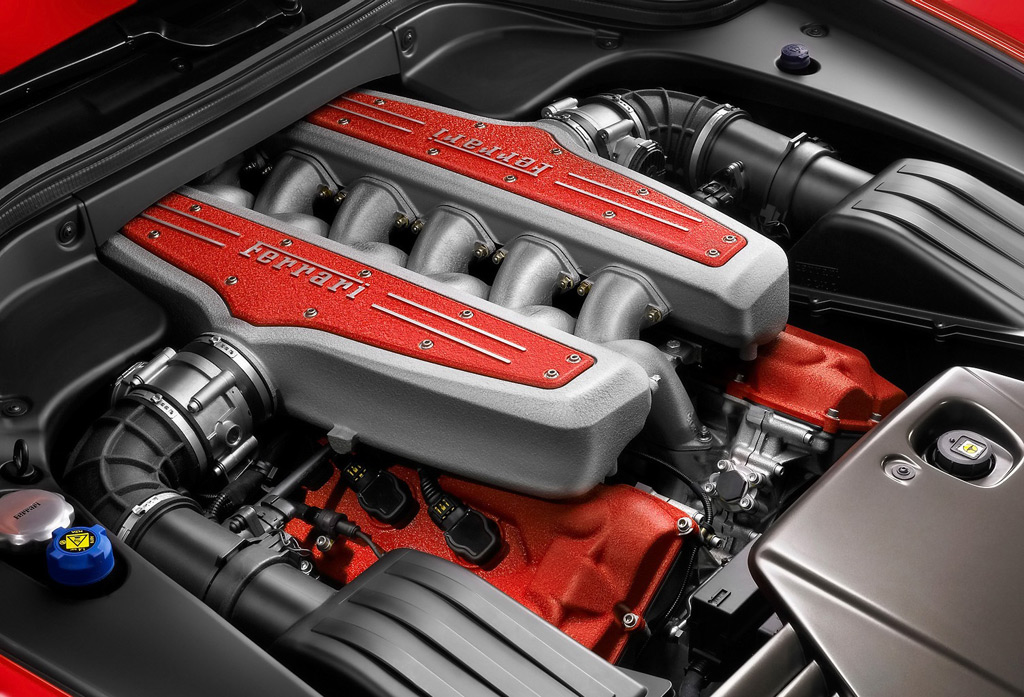To analyze exhaust gases flow in an area of interest, the partial differential equations (Euler equations, Navier-Stokes etc.) need to be solved first. These equations are more less self explanatory, but cannot be solved for the entire exhaust at once except for the very simple cases, which this obviously is not, because we are talking here about Farrari.
So, in order to get numerical solution describing fluid flow in a domain, the domain must be split into smaller sub domains called cells or elements and equations are solved for each of these cells. Collection of these cells in a region is called Mesh or Grid and the process of splitting the domain into cells is called mesh generation. Grid generation is an essential tool in computational simulation of physical field phenomena and process. Unfortunately, grid generation process is not unique, of course; it can be seen something which involves art, lunacy as well as science. Therefore, it requires intensive user interaction in selection and development of high quality reliable grid. Automation of grid generation process requires understanding of the underlying principles, mathematics and technology involved in the process and a careful analysis of problem domain. In 2D case domain is split into quadrilaterals and triangular cells and for 3D case in hexahedral and tetrahedral cells.




